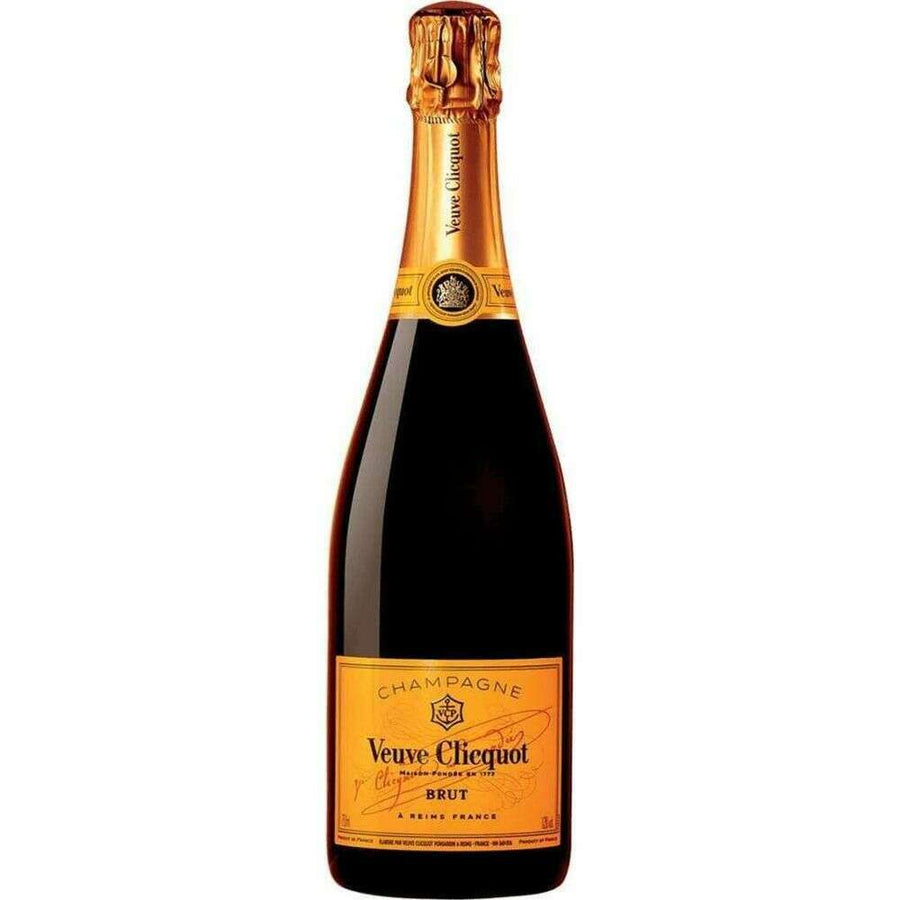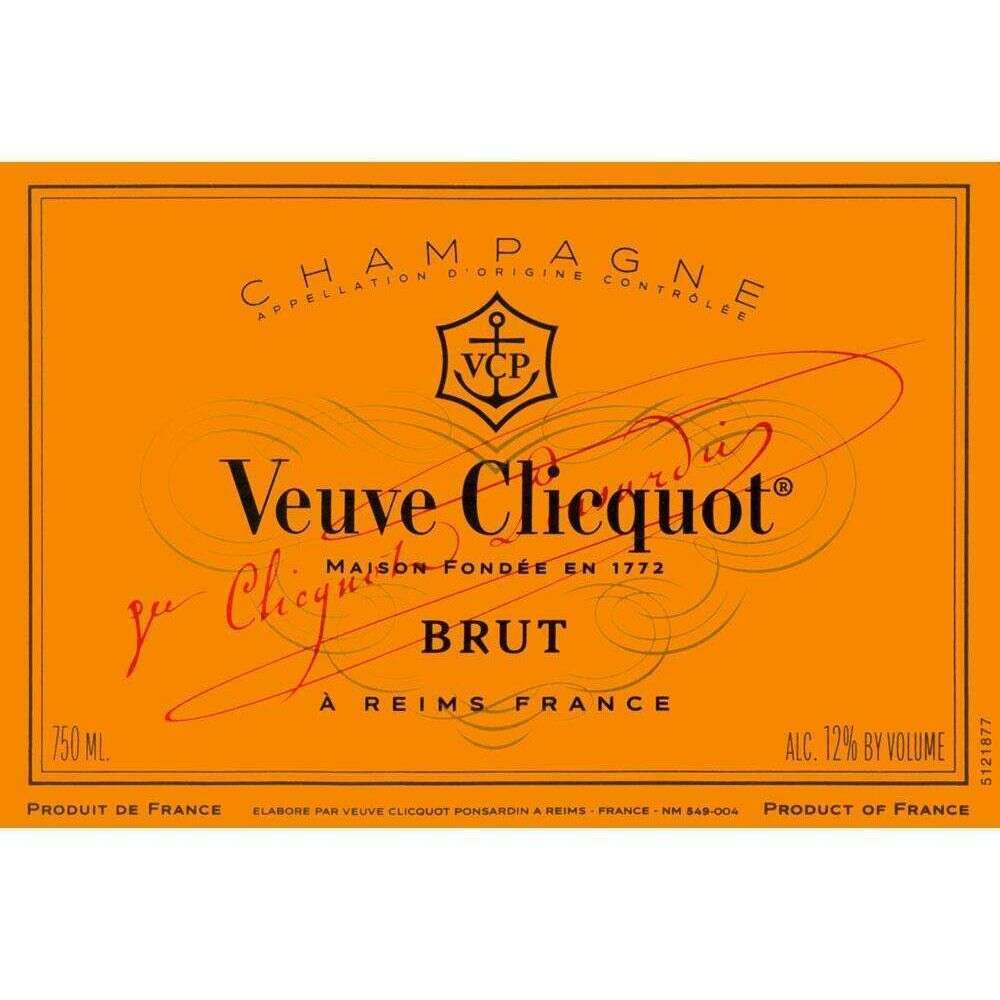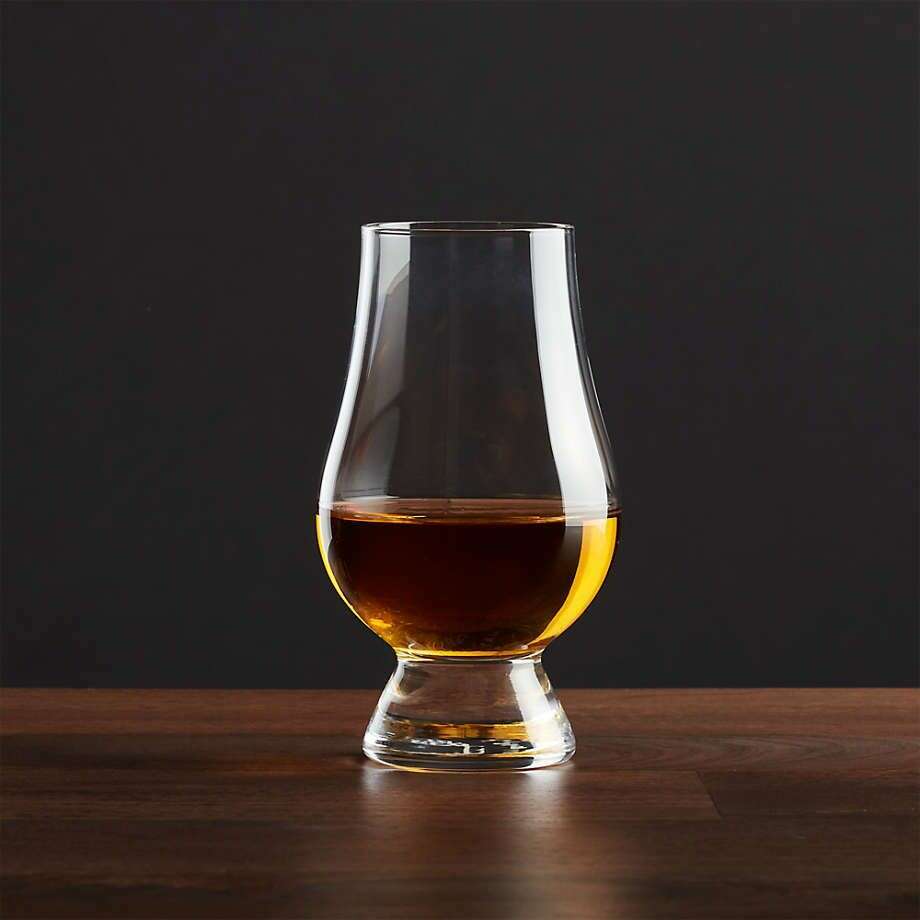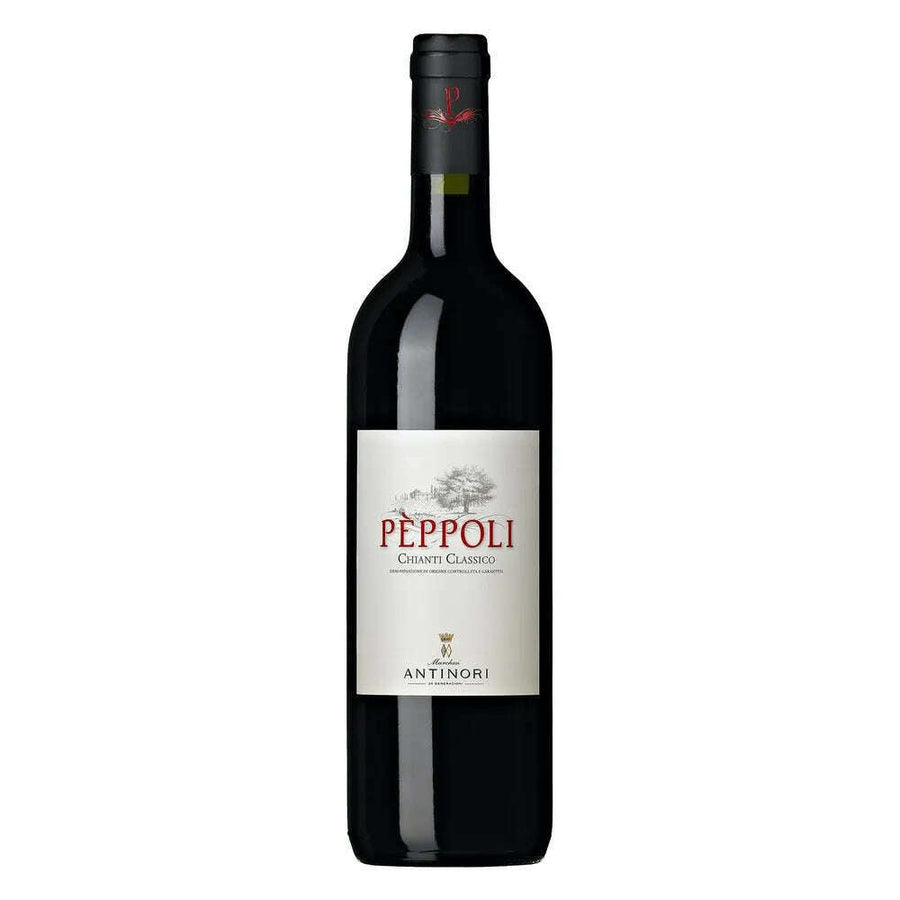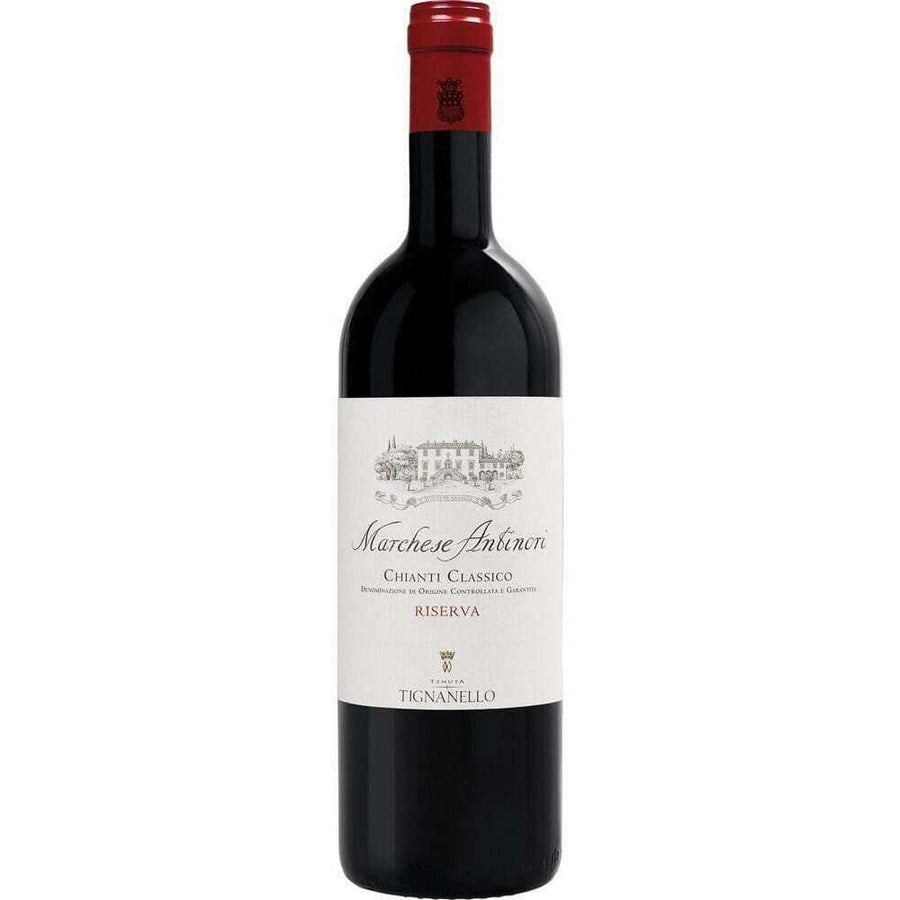Villa Di Vetrice Chianti Rufina is a distinguished Italian red wine crafted in Tuscany's renowned Rufina subregion, celebrated for its elegance and heritage. This Chianti exudes vibrant aromas of dark cherries, red berries, and earthy undertones, complemented by subtle notes of vanilla and spices. On the palate, it boasts medium body, graceful acidity, and velvety tannins, offering flavors of ripe plum, sour cherry, and a touch of oregano. Produced primarily from Sangiovese grapes, this wine reflects the unique terroir of the high-altitude Rufina hills, marked by rich, limestone soils and a cool microclimate that enhances its structure and aging potential. Perfect for pairing with roasted meats, game, or aged cheeses, Villa Di Vetrice Chianti Rufina is a testimony to Tuscany's winemaking excellence and a delightful choice for any occasion.
Process & Profile
Crafted in the high-altitude hills of Chianti Rufina, Villa Di Vetrice Chianti embodies centuries of Tuscan winemaking tradition. This esteemed wine is primarily composed of Sangiovese grapes blended with traditional local varietals like Canaiolo and Colorino, all grown in the unique soils of the region. The vineyards benefit from dramatic diurnal temperature shifts, enhancing the grapes' acidity and aromatic complexity. Traditional fermentation methods in temperature-controlled tanks are followed by malolactic fermentation and aging, which brings balance and refinement to the wine. The result is a medium-bodied red with a hallmark harmony between fruit, acidity, and tannins—characteristic of the Chianti Rufina designation.
Tasting Notes
Villa Di Vetrice Chianti di Rufina captivates with its vibrant ruby red hue. The nose reveals an earthy bouquet of grilled mushrooms, tomato leaves, and ripe red berries, complemented by subtle herbal and spicy undertones. On the palate, it is savory and well-rounded, with bright cherry and wild strawberry flavors dancing alongside notes of dried oregano and a touch of spice. A medium body and structured tannins give the wine a pleasantly juicy profile with a lingering finish that reflects its terroir.
What Makes It Special
What sets this wine apart is its distinct sense of place. The Chianti Rufina subzone, northeast of Florence, is known for smaller artisanal production and a cooler microclimate that creates wines of distinction and depth. Villa Di Vetrice embraces both tradition and innovation, with the Grati family having perfected their craft over five generations. Their commitment to sustainable viticulture and meticulous winemaking ensures every bottle reflects the terroir's unique features. Awarded 90 points by critics like James Suckling, this wine showcases exceptional quality at an accessible price.
How to Enjoy
Villa Di Vetrice Chianti di Rufina is a versatile pairing partner for a variety of dishes. It shines alongside hearty Italian favorites like lasagna, veal parmesan, or a classic pasta Bolognese. For meat lovers, pair it with slow-roasted lamb, venison, or braised beef to enhance the savory depth. To fully appreciate its nuanced profile, serve at 16-18°C (60-65°F) in a large wine glass, allowing its aromas to unfold as it breathes. While ready to drink now, this Chianti can also age gracefully for 3-5 years, developing further complexity.
Experience the Elegance of Villa Di Vetrice
Savor the balance of tradition and modernity in every sip of Villa Di Vetrice Chianti di Rufina—truly a celebration of Tuscany's winemaking heritage. Whether enjoyed at a special dinner or a casual evening with friends, this wine brings the charm of Chianti Rufina straight to your table.
Frequently Asked Questions
What is Villa Di Vetrice Chianti Rufina?
Villa Di Vetrice Chianti Rufina is a high-quality red wine from the Chianti Rufina subzone of Tuscany, Italy. This wine is crafted primarily from Sangiovese grapes, known for their vibrant acidity, fruity flavors, and elegant structure, making it a classic representation of the region.
What are the characteristics of Chianti Rufina?
Chianti Rufina wines are typically ruby red with purple reflections. They exhibit aromas of fresh fruits such as blackberry and cherry, with subtle spicy undertones. On the palate, they are crisp, fruity, and well-structured, with a pleasing balance between tannins and acidity.
How does Chianti Rufina differ from Chianti Classico?
Chianti Rufina is the smallest of the Chianti subzones and is distinct due to its cooler mesoclimate, higher altitude, and limestone-rich soils. These factors contribute to wines that are more elegant, higher in acidity, and often more aromatic than the fuller-bodied Chianti Classico.
What foods pair well with Villa Di Vetrice Chianti Rufina?
This wine pairs wonderfully with red meats, game, braised dishes, and cured meats. It also complements Italian classics such as lasagna, veal parmesan, and pasta with rich tomato-based sauces.
What is the alcohol content of Villa Di Vetrice Chianti Rufina?
The alcohol content of this wine is typically around 13% by volume.
What is the aging process of Chianti Rufina?
Villa Di Vetrice Chianti Rufina is aged in steel tanks with micro-oxygenation and fine lees for about six months, followed by further bottle aging, ensuring a well-rounded and balanced flavor profile.
What makes the Chianti Rufina terroir special?
The Chianti Rufina subzone benefits from high altitudes, diurnal temperature variations, and clay-limestone soils. These factors promote slow ripening of the grapes, resulting in wines with refined acidity, complex aromas, and excellent aging potential.
How should Villa Di Vetrice Chianti Rufina be served?
Serve this wine at a temperature of approximately 16–18°C (60–65°F) to fully appreciate its aromas and flavors.
Can Villa Di Vetrice Chianti Rufina age well?
Yes, its robust structure and balanced acidity make it suitable for aging. While enjoyable upon release, it can develop greater complexity over a few years in the bottle.
Is Villa Di Vetrice Chianti Rufina made only with Sangiovese grapes?
While Sangiovese is the dominant grape, Chianti Rufina wines may include small percentages of other permitted varieties such as Canaiolo, Colorino, or Merlot to enhance complexity.




